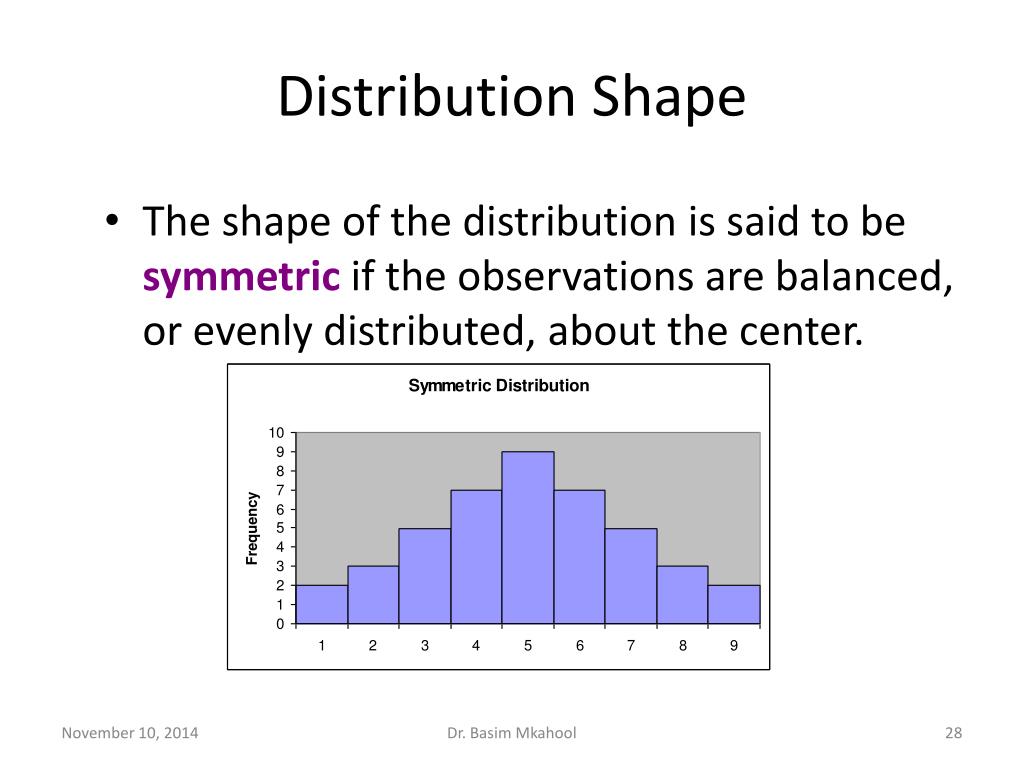

However such techniques are not very well developed. There are statistical techniques available which help us find out the probability distributions of skewed data too. Data can be either positively or negatively skewed. Skewed Data: Many times the data is not symmetrical i.e it is skewed towards one side.

It is for this reason that the applications of symmetrical data are enormous. Most things which are measured continuously in nature as well as in operations have the normal distribution. From a six sigma point of view it helps understand how the results of a process are likely to be distributed. There are standard measurements available which can tell the probability of a data point occurring based on the number of standard deviations it is away from the mean. It also has other names like the bell curve. In fact symmetrical data is so common that it is called the normal curve. This is because many statistical techniques have been developed for the same. Symmetrical Data: Symmetrical data sis the easiest type of data to work with. The shape of the data is of such prime importance because statistical techniques have been developed which can make decisions about the probability of data based on its shape. The reasons for the same have been listed below. These midpoints must then be joined to develop the curve of the data that is also called the shape of the data.Īmongst the many characteristics of the shape of the data that are important, perhaps the prime category is symmetry.

The next step is to plot the midpoints of the bars of the histogram. Step 3: Join the Midpoints to Find the Shape A histogram is nothing but a bar chart of a continuous set of data with equal intervals. The next step is to plot the data intervals on a graph paper and create a histogram. Then a frequency table must be prepared from the available data set and the number of times an item occurs within an interval category must be noted down. The categories must have equal intervals to make the data meaningful. To begin with, the data must be divided into equal categories.
#Types of shapes in statistics how to
Here is how to graphically plot out the data to find its shape: The shape of the data determines the type of tools that can be used to draw conclusions from it.


 0 kommentar(er)
0 kommentar(er)
